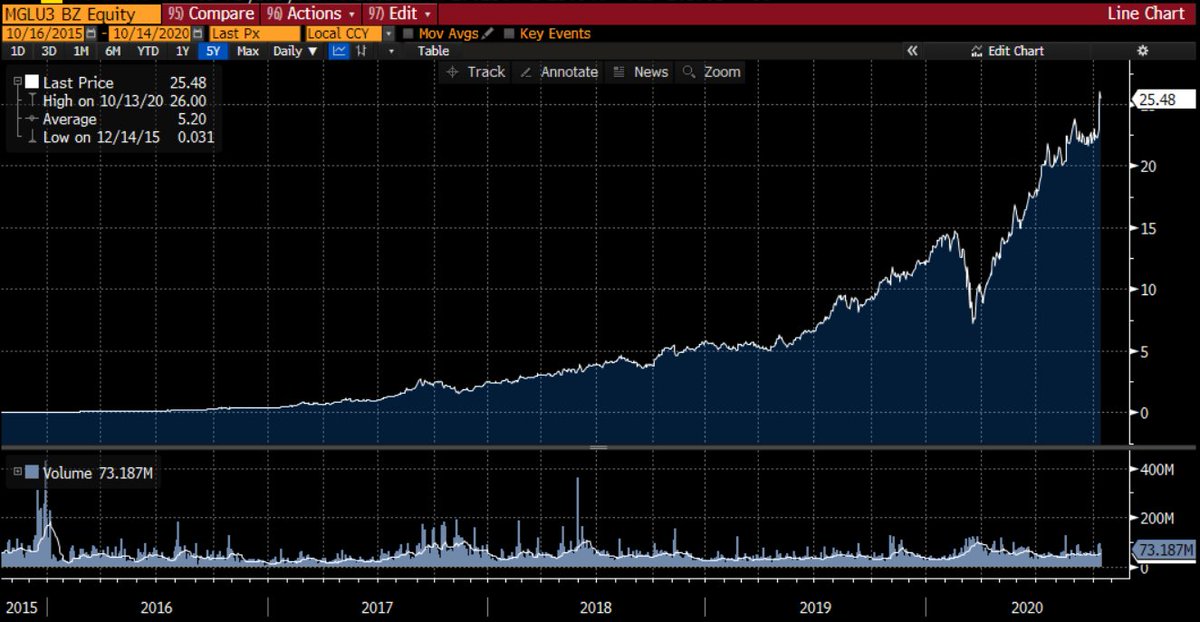Like many people here, I’ve been thinking a lot about food delivery / last-mile O2O platforms. People talk a lot about GrubHub, but I don’t see much discussion about Meituan.
Food delivery companies are 2-sided networks w/ cross-side network effects--the more users there are, the better it is for the restaurants, and vice-versa. For platforms that operate their own delivery fleets, there are also scale benefits/network effects from last-mile delivery.
A few things that drive delivery penetration:
1. Density, density, density
2. Cheap labor / high income disparity
3. Low car ownership (related to #1)
4. Dual-income household / Female labor participation rate
1. Density, density, density
2. Cheap labor / high income disparity
3. Low car ownership (related to #1)
4. Dual-income household / Female labor participation rate
Urban population density is important for several reasons. Pop density = restaurant density, which drives conversion: the more restaurants in a neighborhood, the more dining choices, the higher the conversion when someone opens the app, the greater the ordering frequency.
Density is all-important in last-mile delivery economics. The higher your drop density, the lower the incremental cost per order. For ex, delivering 3 orders to a building doesn’t take that much longer than delivering 1 order to that building.
Delivery is labor intensive (Meituan has half a million daily active delivery riders). While the benefits of cheap labor are obvious, it’s not an absolute requirement, as higher labor costs can be offset by high drop density (e.g. Seamless in NYC or Deliveroo in London)**.
**You don’t need cheap labor so much as you need income disparity. Disparity is good for these platforms albeit clearly unhealthy for society overall. Disparity creates an underclass of workers and an upper class of consumers who can afford their services.
https://twitter.com/FatTailCapital/status/1058188776583913472
Low car ownership (related to density, as dense cities are likely to have better public transportation and higher costs of car ownership) also makes it less convenient to buy groceries or pick up food. Bad traffic also has similar effects.
Dual-income households and one-person households are more likely to order. In many societies, women are the ones who prepare meals and do the grocery shopping (just factual, not social commentary). When women are working, they are less likely to cook.
China, by far the biggest delivery market today, has all of these traits. China’s urban pop density is 7x (~6,000 ppl/sq mile) that of the US. Car ownership is low & traffic is horrible. Female labor participation is high, and (migrant) labor costs are rising but still cheap.
Similarly, Indonesia has an urban population density in the ~9,000s (!!!). Go-Jek is known for ride-sharing but it’s actually a huge food delivery service as well--the biggest of anyone outside of Meituan by orders.
Meituan dwarfs GrubHub in size. Meituan did $40B in GMV in 2018, roughly 8x Grub. Meituan had 6.3B food orders vs. 160M for Grub. Meituan drivers average 3+ drops per hour, a rate that’s probably >50% higher than any other country in the world.
If investors believe in the ultimate economics of food delivery, which I do (see this rant on Uber, I think food delivery should be similar if not even better margins).
https://twitter.com/FatTailCapital/status/1118343845308260359
Meituan is in a structurally better market w/greater absolute and relative scale vs peers, and it is closer to its steady state of diminished competition, and hence, profitability, yet it trades at a steep discount to the Grubs of the world.
• • •
Missing some Tweet in this thread? You can try to
force a refresh












